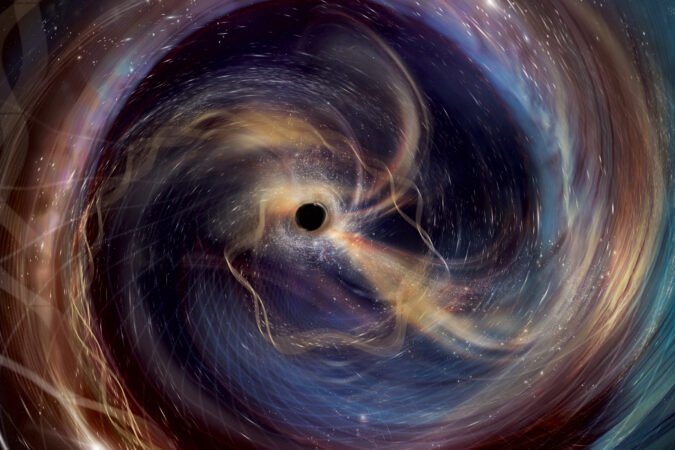Summary Points
-
Historic Detection: On September 14, 2015, LIGO made the groundbreaking detection of gravitational waves from colliding black holes, validating Einstein’s century-old prediction and marking a new era in astrophysics.
-
Enhanced Observations: Over the past decade, LIGO, along with its partners Virgo and KAGRA, has significantly increased its discoveries, identifying over 300 black hole mergers, with one occurrence approximately every three days.
-
Technological Advancements: Continuous improvements in detector sensitivity, including quantum engineering innovations, have allowed LIGO to measure space-time distortions as small as 1/700 trillionth the width of a human hair, enhancing the clarity of data collected.
-
Future Prospects: The collaboration aims to establish LIGO India and develop larger detectors like the Cosmic Explorer, projecting deeper investigations of the universe and further validating theoretical concepts such as Hawking’s black hole area theorem.
LIGO: A Decade of Gravitational-Wave Discoveries
Ten years ago, LIGO made a groundbreaking discovery. On Sept. 14, 2015, the Laser Interferometer Gravitational-Wave Observatory (LIGO) detected gravitational waves from a pair of merging black holes. This signal, which traveled 1.3 billion years to reach Earth, confirmed Albert Einstein’s century-old predictions about gravitational waves.
Since that historic moment, LIGO has transformed into a powerful tool for exploring the universe. Researchers now detect about one black hole merger every three days. In fact, LIGO’s partnership with Virgo in Italy and KAGRA in Japan has expanded its reach. Together, this collaboration, known as LVK, has recorded approximately 300 black hole mergers, more than doubling the findings from the first three years of operation.
Technological advances play a crucial role in these discoveries. LIGO utilizes cutting-edge quantum precision engineering, allowing it to identify minuscule changes in space-time smaller than 1/10,000 the width of a proton. These advancements enhance its sensitivity, enabling it to hear clearer signals from cosmic events.
A recent example showcases this improvement. The detection labeled GW250114 provided unprecedented clarity, allowing researchers to test the black hole area theorem proposed by Stephen Hawking in 1971. This significant finding not only confirms theoretical physics but also opens doors to further research in quantum gravity.
Nergis Mavalvala, Dean of the MIT School of Science, emphasizes that LIGO’s journey continues. The team is dedicated to enhancing detector precision and analyzing complex data. Such efforts promise to reveal even more about the mysteries of the universe.
Moreover, LIGO also shines in multi-messenger astronomy. In 2017, it detected a collision between neutron stars alongside gravitational waves, marking the first time this phenomenon occurred. Over the next decade, scientists aim to build a third facility in India, further improving LIGO’s capabilities.
As LIGO celebrates its ten-year anniversary, its impact on technology and our understanding of the cosmos is clear. The journey has only just begun, and the future holds exciting possibilities. Scientists are eager to explore deeper into space, expanding our comprehension of the universe.
Discover More Technology Insights
Stay informed on the revolutionary breakthroughs in Quantum Computing research.
Explore past and present digital transformations on the Internet Archive.
QuantumV1

